Hired by financier J.P. Morgan to manage his collection of books, manuscripts, and artworks, Belle da Costa Greene broke barriers in New York high society as a young female rare books expert — all while hiding a big secret about her race.
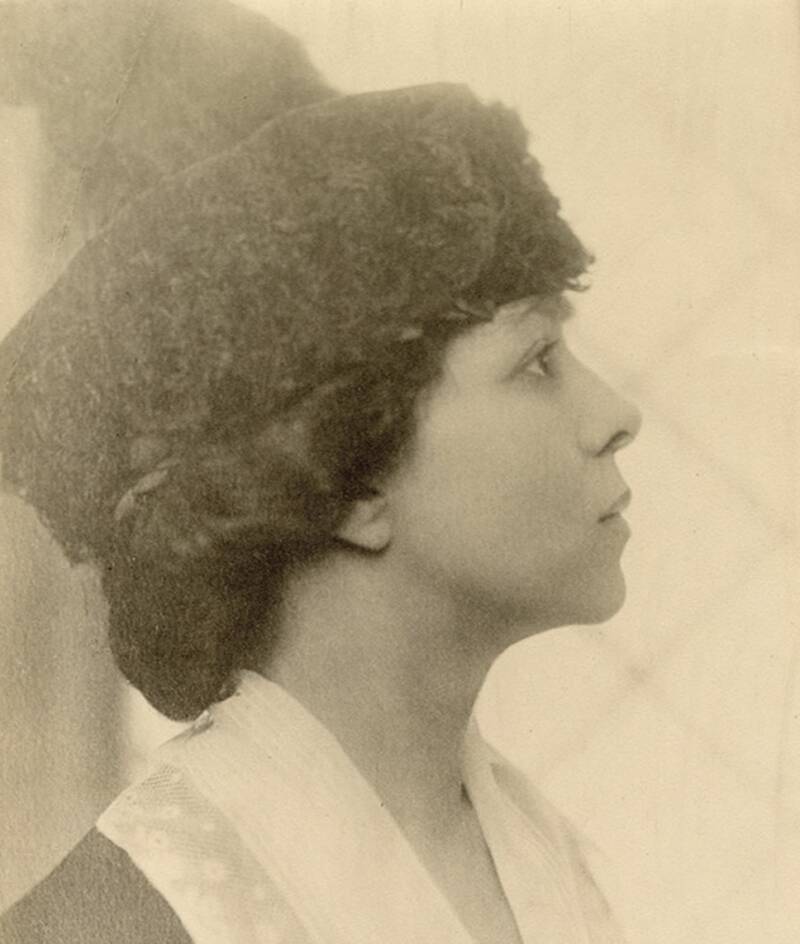
The Rosenbach, PhiladelphiaBelle da Costa Greene hid her racial identity for decades while working as a librarian.
Newspapers described Belle da Costa Greene as a fashionable “society girl” and the “cleverest woman in the country.” Charged with managing and collecting rare books and manuscripts for one of the richest men in America, Greene stood out in New York’s high society of the early 1900s.
Although she wasn’t afraid of the spotlight — Greene was interviewed by the media multiple times — she did have a big secret. Born to light-skinned Black parents, Greene began passing as white in the 1890s to avoid racism and segregation. This decision was originally made by her mother.
Greene would keep her racial identity a secret for her entire professional life, and it was only decades after she died that the truth was revealed.
From Greener To Greene
Born Belle Marion Greener in 1879 in Washington, D.C., Belle da Costa Greene would later go by her more well-known name that hid her Black roots.
The Greener family was well-known in the nation’s capital. Richard T. Greener was the first Black man to earn a degree at Harvard, and he would go on to become a prominent scholar, attorney, and diplomat. Genevieve Ida Fleet Greener, his wife, was a talented musician and teacher. The couple welcomed five children, including Belle, who was the oldest.
But the couple separated near the turn of the century, and Genevieve relocated her children to New York in the hopes of a fresh start.
Many scholars believe that Genevieve changed the family last name to Greene so that she could arrange for her children to pass as white.
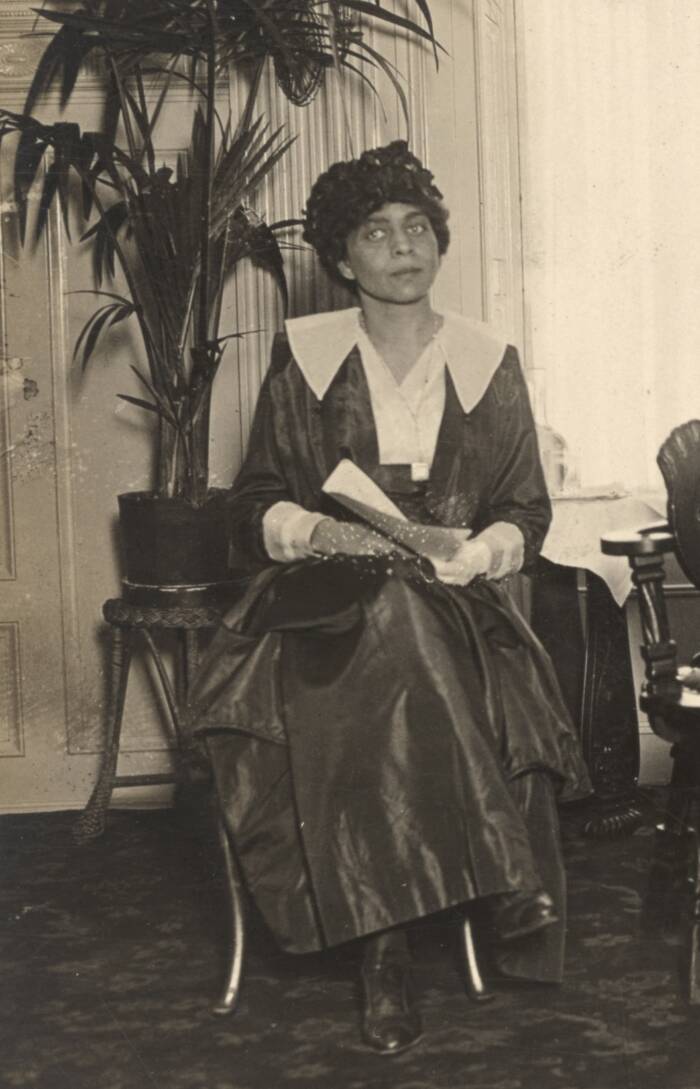
Library of CongressBelle da Costa Greene often claimed Portuguese ancestry, presumably to explain her olive complexion.
“It was really spearheaded by her mother, Genevieve, who not only made the decision for Belle Greene and her siblings to pass, but did it fairly early on when Greene was still in school,” Erica Ciallela, who curated a library exhibit about Greene, told All Things Considered in an interview.
Belle, along with at least one of her siblings, added “da Costa” to their names, hinting at Portuguese ancestry. Sometimes, Belle also told people that she had Egyptian or Middle Eastern roots to explain her complexion.
Belle Da Costa Greene, The Personal Librarian Of Millionaire J.P. Morgan
How did Belle da Costa Greene become the personal librarian to the wealthy, powerful financier John Pierpont Morgan (J.P. Morgan)?
Greene spent the summer of 1900 at Amherst, where she completed a library program. Afterward, she began working at Princeton University’s library. While at Princeton, she met a relative of J.P. Morgan, who recommended her for the job of personal librarian to the millionaire.
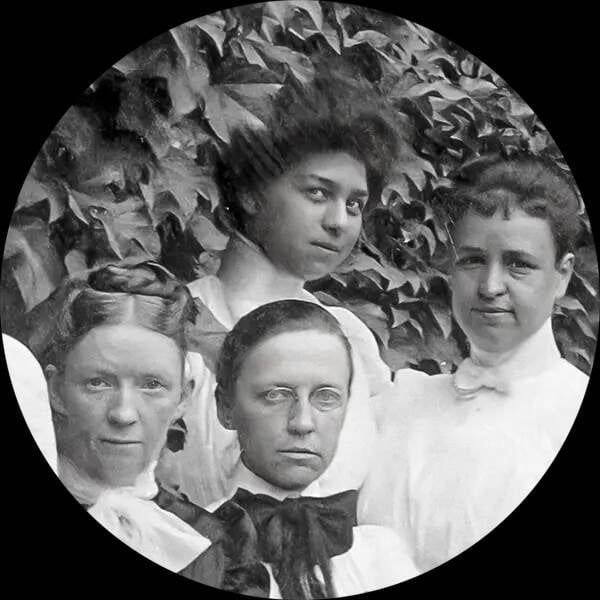
Amherst College ArchivesA 1900 photograph from Amherst shows Belle da Costa Greene (center back) with other students.
In 1905, Greene interviewed with Morgan and successfully landed the job. She became Morgan’s personal librarian, soon managing his massive collection of rare books, manuscripts, and artworks.
Morgan sent Greene on various trips around the world to buy even more rare books and art, giving her thousands of dollars to do so. Her finds did not disappoint. Greene acquired medieval manuscripts, 15th-century editions of Chaucer, and even portions of the Crusader Bible.
“She knows more about rare books than any other American,” reported the Chicago Tribune in 1912. “She runs to Europe on secret missions, and [she’s] the terror of continental collectors’ agents.”
Belle da Costa Greene’s position drew the attention of the press.
“It is rather gratifying to feminists to reflect that no near-sighted and anemic masculine scholar was Mr. Morgan’s helper in the long task of collecting the library treasure,” wrote the Boston Daily Globe, “but a woman, and a young and very pretty one at that.” It’s no wonder why she was the talk of the town.
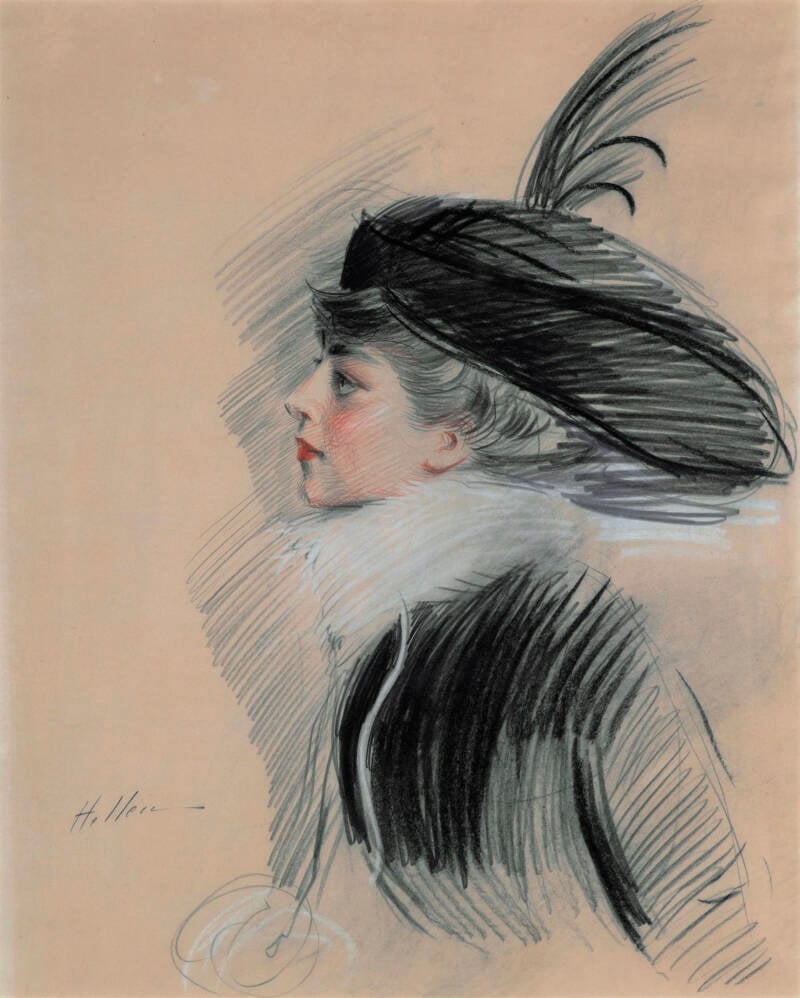
The Morgan Library & MuseumBelle da Costa Greene was often depicted in artworks with even lighter skin than she had in real life.
In 1913, Morgan died. He left Greene $50,000 in his will — worth $1.6 million in today’s money — and requested she be kept on as a librarian.
The Pierpont Morgan Library’s First Director
After J.P. Morgan’s death in 1913, Belle da Costa Greene became the first director of the Pierpont Morgan Library, which is now called the Morgan Library & Museum, and she played a crucial role as the library transitioned into a public institution. She was also paid handsomely for her work, eventually earning a salary of $10,000 per year (about $280,000 today).
Although her career first took off while she was buying manuscripts and art for a private collector, Greene later advocated for making more rare texts available at public institutions as director of the Pierpont Morgan Library.
Many other collectors strongly disagreed with this idea. Private collector Robert Hoe “did not want his books to go to any public collection, there to lie unhandled and unread, in glazed show cases for the illiterate to stare at,” according to an article about the auction of his collection.
“There are certain books which have a standard value and which are necessities to the student for reference,” Greene argued. “When the price of these volumes is raised, you injure the general public.”
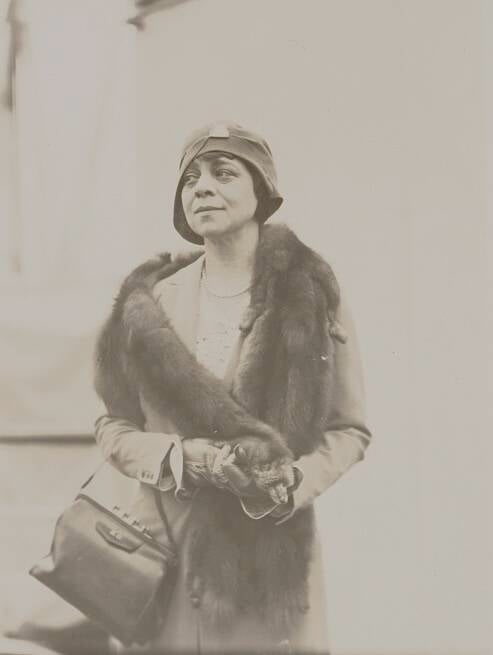
Library of CongressGreene used her position to advocate for underpaid librarians and for more public access to rare books.
Greene also advocated for underpaid women working at public libraries in New York. Under the headline, “$10,000 Librarian Speaks a Word for $400 Sisters,” Greene argued in the New-York Tribune that librarians were hard-working, educated employees and should receive higher salaries.
“People don’t realize how much these girls have to know,” Greene told the paper. “The result of these low salaries is, of course, that the women who are capable of filling the responsible positions are not willing to take them.”
Greene ultimately led the Pierpont Morgan Library until she retired in 1948.
The Secret That Belle Da Costa Greene Kept
Shortly before she died at age 70 in 1950, Belle da Costa Greene burned 10 volumes of her personal journals and diaries. It was a shocking choice for a woman who devoted her life to preserving texts. But Greene’s decision likely helped keep her true racial identity a secret for decades after her death.
Indeed, scholars did not uncover the truth about Greene’s race until 1999, when biographer Jean Strouse published her work about J.P. Morgan. While researching, Strouse had learned something new about Greene after she tracked down her birth certificate. It clearly listed a “C” for “colored.”
Countless lighter-skinned Black men and women hid their race in Jim Crow America. Up to 300,000 Black men passed as white from 1880 to 1940, according to a study based on U.S. census data. Notably, they lived over 9 months longer on average than Black men who did not or could not pass.
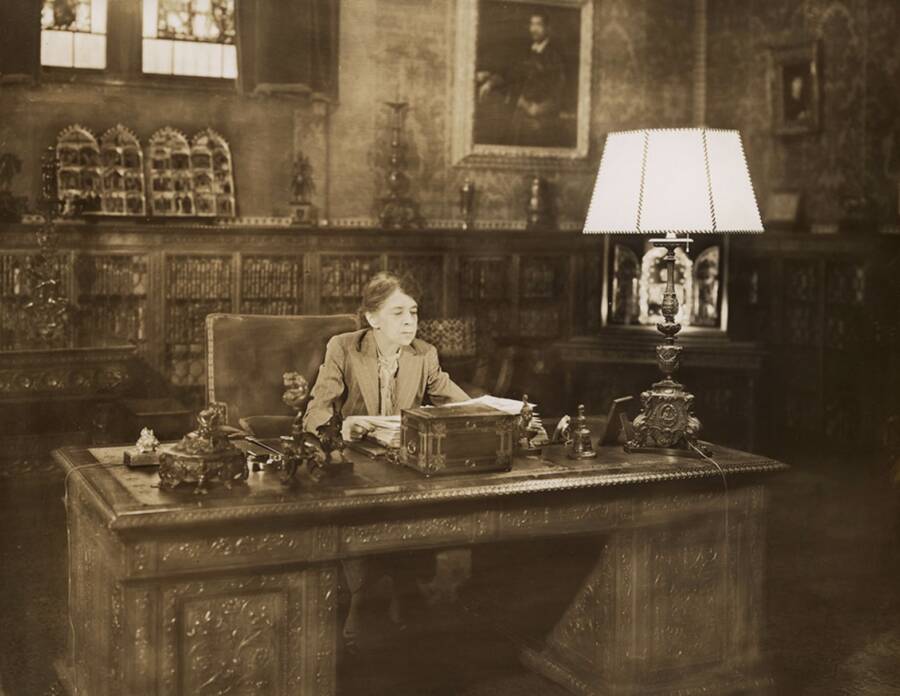
The Morgan Library & MuseumBelle da Costa Greene worked in J.P. Morgan’s library until her retirement in 1948.
But few Black people who passed as white made as big of a splash in high society as Belle da Costa Greene. For Greene, concealing her roots opened opportunities that would have otherwise never been available to a Black woman. Countless newspaper articles contrasted Greene — a young, stylish woman — with the older men who usually dominated the art world.
However, many mysteries remain about Greene’s life. No one knows how she felt about passing as a white woman, or whether her burned journals held any clues. And while she may have had a high-paid career as a library director and rare books expert, there is sadness in the fact that she likely achieved her goals and advocated for others partly because she hid herself.
Next, read about Bessie Coleman, the trailblazing Black American pilot who had to travel to France to get her pilot’s license. Then, look through some heartbreaking photos of segregation in America.





